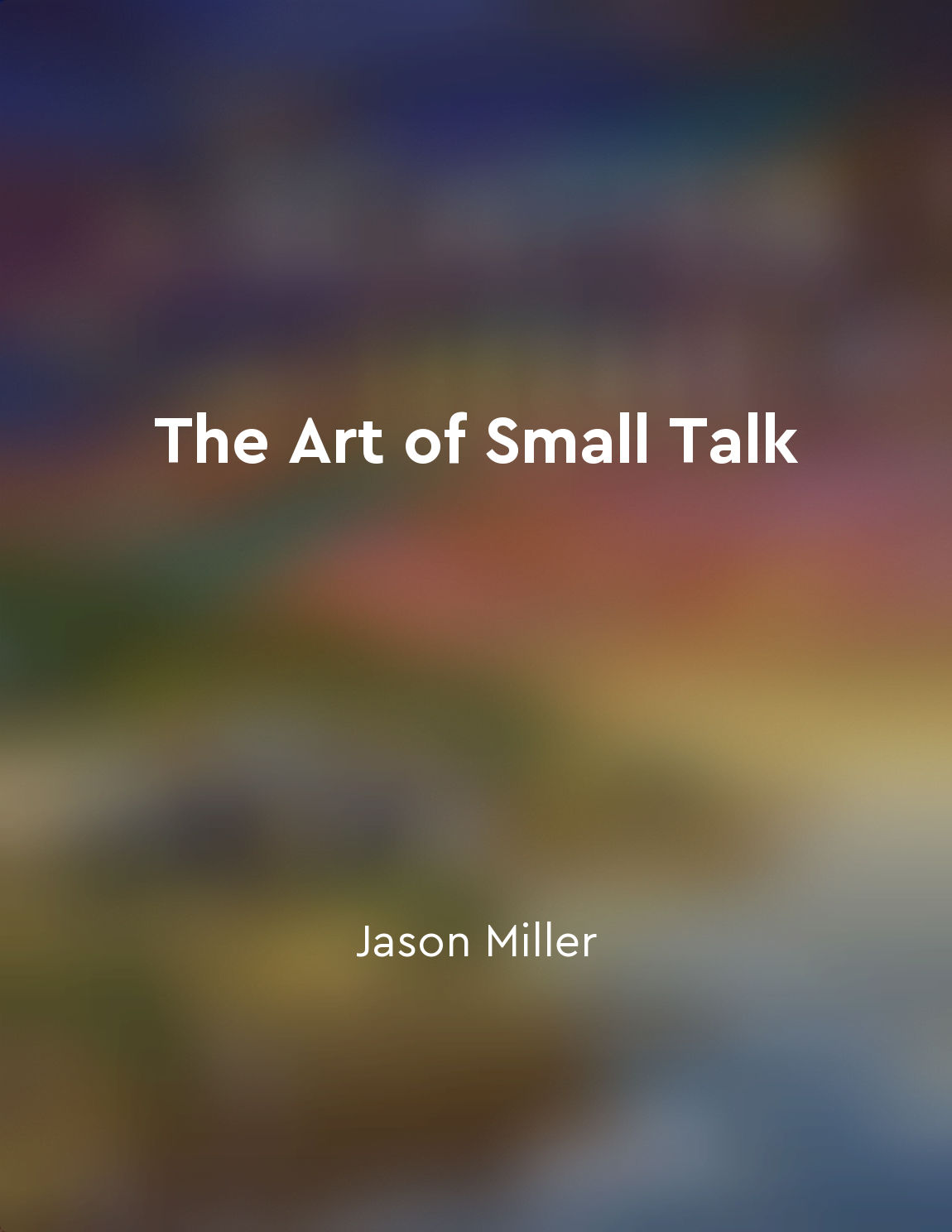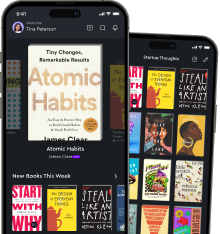Audio available in app
Master the art of small talk from "summary" of How to Talk to Anyone by Createspace Independent Pub,Modern Psychology Publishing
Small talk may seem insignificant, but mastering this art can open many doors in social interactions. It is the foundation of building relationships and making connections with others. Small talk is like the warm-up before a workout; it gets you ready for the main conversation. It is a way to break the ice and establish rapport with someone you are meeting for the first time. By engaging in small talk, you can show interest in the other person and create a comfortable atmosphere for further communication. To master the art of small talk, it is essential to keep the conversation light and positive. Avoid controversial topics or anything that may create tension. Stick to neutral subjects such as the weather, current events, or common interests. By focusing on these safe topics, you can ensure that the conversation remains pleasant and enjoyable for both parties. Remember, the goal of small talk is not to solve world problems but to establish a connection with the other person. Another key aspect of mastering small talk is active listening. Show genuine interest in what the other person is saying by asking open-ended questions and providing thoughtful responses. Pay attention to their body language and tone of voice to pick up on cues that will guide the conversation. By listening attentively, you can demonstrate that you value the other person's thoughts and opinions, making them more likely to open up to you. In addition to active listening, it is important to be mindful of your own body language and verbal cues. Maintain eye contact, smile, and nod to show that you are engaged in the conversation. Use appropriate gestures and facial expressions to convey interest and enthusiasm. Remember, communication is not just about words but also about nonverbal signals that can greatly impact the quality of the interaction. Lastly, be genuine and authentic in your small talk. People can sense when you are being insincere or trying too hard to impress them. Instead, be yourself and let your personality shine through. By being true to yourself, you can build trust and rapport with others, leading to more meaningful and fulfilling conversations. Mastering the art of small talk takes practice and patience, but the rewards are well worth the effort. By using these tips and techniques, you can make the most of your social interactions and create lasting connections with others. So, next time you find yourself in a conversation, remember to keep it light, listen actively, be mindful of your body language, and most importantly, be genuine. With these skills in your toolkit, you can navigate any social situation with ease and confidence.Similar Posts

Use positive body language to appear approachable
When engaging in small talk, it is important to consider not only what you say but also how you present yourself nonverbally. O...
Remember people's names to show respect
Remembering people's names is a simple yet powerful way to show respect in social interactions. When we make the effort to reme...
Using humor appropriately lightens the mood in conversations
Humor has the power to transform a conversation, to lift it out of the ordinary and to infuse it with life and energy. When use...
Use humor appropriately to lighten the mood and build rapport
When engaging in conversation, it is important to remember that humor can be a powerful tool to lighten the mood and establish ...

Utilize conversational rituals to build trust
Conversational rituals are powerful tools that can be used to foster trust and strengthen relationships. These rituals are esse...
Use active listening to engage in meaningful conversations
Engaging in meaningful conversations requires more than just talking; it involves active listening. Active listening means full...

Practice empathy and show understanding
When engaging in small talk, it is important to approach conversations with empathy and understanding. Empathy involves putting...

Use storytelling to make conversations engaging
Storytelling is a powerful tool to captivate an audience and make conversations more engaging. Instead of simply relaying infor...

Practice active listening to understand the other person's perspective
To truly connect with others in conversation, it is crucial to practice active listening. This means more than just hearing the...

Use body language to convey openness and friendliness
To make a positive impression on others, it is essential to use body language that conveys openness and friendliness. When enga...

